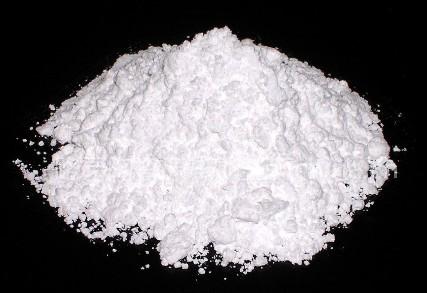Effect of ultrafine talc on properties of lightweight coated paper

Talc is a magnesium silicate hydrate with a layered structure, with good chemical stability, strong acid and alkali resistance, high whiteness, fine particle size, good dispersibility, stable oil absorption, strong covering power, and electrical properties. Properties such as insulating properties and heat resistance. Talc is rich in resources and low in price. It is one of the most used ultrafine powder products in the world today. It is a promising white pigment and is widely used in ceramics, coatings, paper, textiles, rubber and plastics.
With the deepening of the research on talc powder, the application of talc powder in the paper industry is more and more extensive. Resin adsorbent for slurry when resin problem occurs in the production process of cultural paper and cardboard, and as a pigment for coating to replace part of kaolin or calcium carbonate, it is used to improve the performance of lightweight coated paper and special coated paper, and it is suitable for printing. performance and related ease of operation. The refractive index of talc is comparable to that of kaolin, and it has a flaky crystal form, a high aspect ratio and low oil absorption. It has low hardness and high whiteness. As a white pigment for paper coating, it can not only replace kaolin, but also have some properties better than china clay, especially suitable for light-weight coated paper coatings for rotary printing.
As a kind of paper with one coating and low coating weight, light-weight coated paper puts forward higher requirements for pigment hiding. The widely used kaolin with high hiding in the existing coating formulations. Flake kaolin is mainly imported from Brazil, and the price is relatively high. If a more cost-effective talc powder with the same covering ability and no need to import is used to replace the flake kaolin, the production cost can be continuously reduced on the premise of ensuring product quality, and the cost can be saved. play a positive role.
The effects of superfine talc replacing kaolin on the properties of lightweight coated paper coatings and paper properties were tested. the result shows:
(1) Brazilian kaolin is a thin sheet of clay, and its diameter and thickness are relatively large. Thin sheet china clay is beneficial to improve the coating coverage of light-coated paper, especially the light-coated paper with low coating weight (less than 8g/m2). American kaolin is usually finer in particle size and smaller in diameter and thickness. The high solid content of GCC of Yingge porcelain is conducive to the preparation of high-solids and low-viscosity coatings, and the brightness of the pigments is relatively high. Both superfine talc and Brazilian kaolin are flake structural pigments. The flake particles give the base paper better coverage, which can make the finished paper have better printing properties, such as uniform ink acceptance and high ink retention. The combination of particles of different shapes can obtain a loose coating, which is beneficial to improve the ink absorption of the coating.
(2) After the superfine talc powder replaces the kaolin in the coating formulation, with the increase of the amount of superfine talc powder, the low shear viscosity of the coating tends to increase, but the increase is limited; the water retention of the coating decreases slightly; The shear viscosity showed a decreasing trend, indicating that the use of talc instead of kaolin will have a favorable impact on the coating performance of the coating, which can further increase the solid content of the coating and obtain a better coating effect.
(3) After replacing the kaolin in the formula with ultra-fine talc, with the increase of the amount of ultra-fine talc, the whiteness, smoothness, opacity, gloss, surface roughness, printing gloss, etc. of the lightweight coated paper The quality and performance indicators remained at a similar level, and the printing surface strength was significantly improved.
